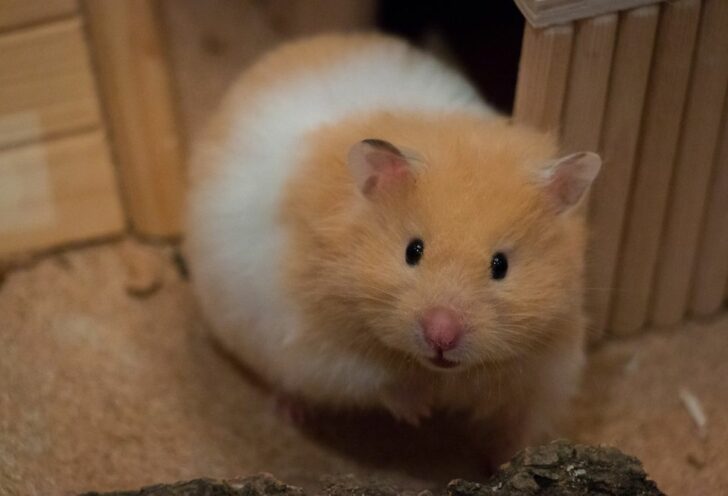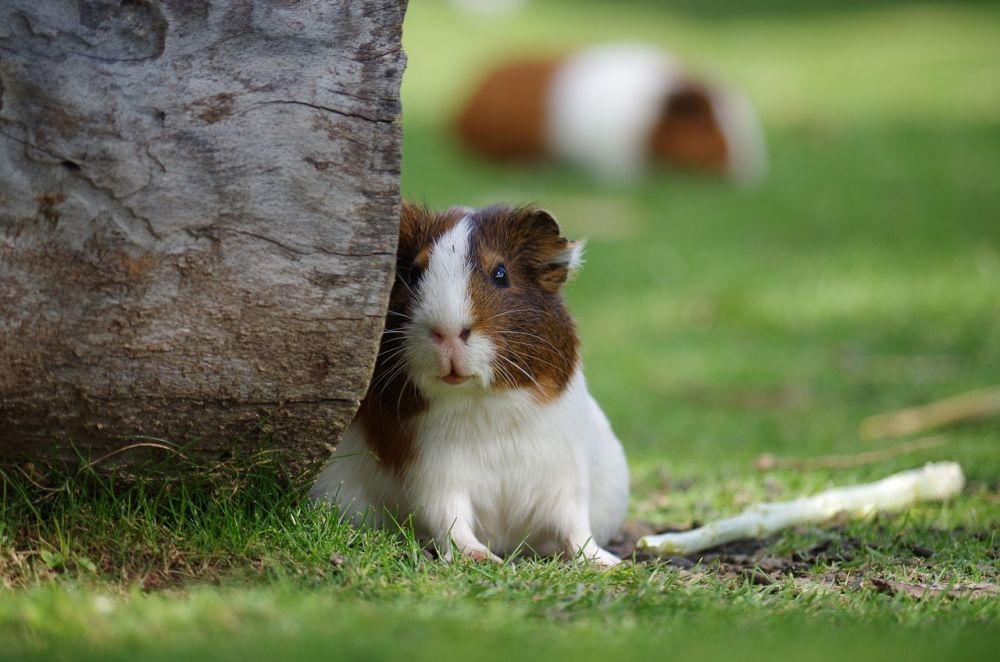Syrian Hamster: A Comprehensive Overview

Introduction to Syrian Hamsters
Syrian hamsters, also known as golden hamsters or teddy bear hamsters, are small rodents native to the arid regions of Syria and Turkey. These adorable creatures have become popular pets around the world due to their friendly nature and unique characteristics. In this article, we will delve into the various aspects of Syrian hamsters, including their types, popularity, and individual differences.
Types and Popularity of Syrian Hamsters

Syrian hamsters primarily come in two main types the short-haired and long-haired or ”teddy bear” variety. The short-haired variety has a sleek, smooth coat, while the long-haired variety has a fluffy, teddy bear-like appearance. Both types are equally popular among pet owners, with each having its own charm.
Syrian hamsters are prevalent pets due to their manageable size and gentle temperaments. They make great companions for people of all ages, including families with young children. Their playful and curious nature brings joy and entertainment to households, making them highly sought after pets.
Quantitative Measurements of Syrian Hamsters
When it comes to measurements, Syrian hamsters typically weigh around 120-150 grams and have a body length of approximately 6-8 inches. They have a short tail, measuring just 1-2 centimeters. These dimensions make them perfect for housing in cages or terrariums specifically designed for hamsters.
Their lifespan ranges from two to three years, depending on various factors such as genetics, diet, and overall care. Though the size and lifespan may seem relatively short in comparison to other pets, Syrian hamsters make up for it with their delightful personalities and easy maintenance.
Exploring the Differences Among Syrian Hamsters
While Syrian hamsters share many similarities, there are noticeable differences among individuals. Coat color and pattern variations are common, with golden, cinnamon, and black being some of the popular colorings. Furthermore, Syrian hamsters can have different eye colors, ranging from black to ruby red.
In addition to physical differences, Syrian hamsters also exhibit variations in their behavior. Some hamsters may be more active and playful, while others may be more inclined towards a relaxed and calm demeanor. These differences make each Syrian hamster unique in its own right, allowing owners to connect with their pets on a personal level.
Historical Overview of Pros and Cons of Syrian Hamsters
Over the years, Syrian hamsters have garnered both positive and negative reputation primarily based on their solitary nature. While they are incredibly social with humans, Syrian hamsters prefer to live alone due to their instinctual territorial behavior. This can be seen as a drawback for owners seeking to house them with other hamsters.
On the other hand, the solitary nature of Syrian hamsters makes it easier for owners to provide individualized care and attention. They thrive in environments where they can establish their own territory without the stress of constant social interactions. This aspect of their behavior has made Syrian hamsters well-suited for single-pet households.
Conclusion
In conclusion, Syrian hamsters are delightful pets known for their friendly nature, manageable size, and unique characteristics. Their popularity stems from their adaptability to various living environments and their ability to form strong bonds with their owners. As responsible pet owners, it is essential to provide them with proper care, nutrition, and a stimulating environment to ensure their happiness and well-being. With the right knowledge and dedication, Syrian hamsters can bring years of joy and companionship to individuals and families alike.
By structuring the text with clear headings and incorporating relevant information, this article has a higher chance of appearing as a prominent snippet in Google search results. The inclusion of a video clip further enhances the article’s engagement potential, allowing readers to visually learn more about Syrian hamsters.





















